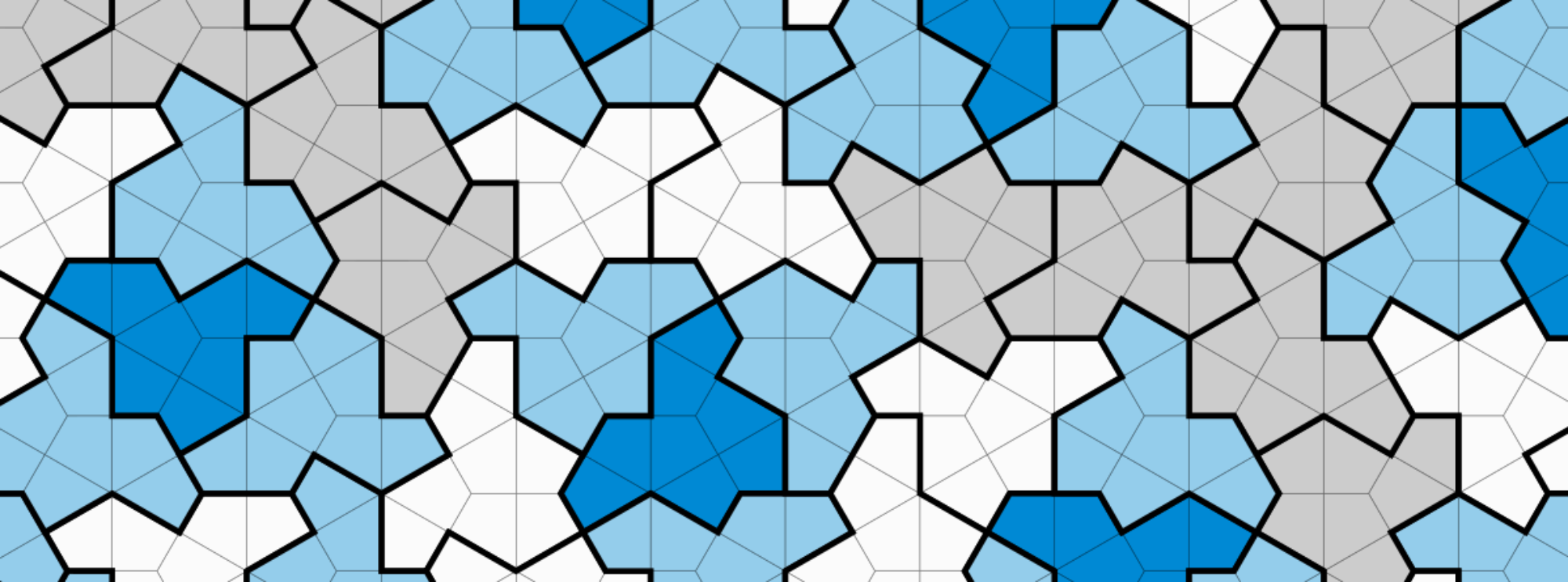The ‘Devils Staircase’ is a famous function in mathematics. It is a non-constant function that has $0$ derivative almost everywhere. Further it is continuous but not absolutely continuous. Constructing the devils staircase is easy, and is done recursively. We start with the function $f_{0}:[0,1]\to[0,1]$ where $f_{0}(x)=x$. Now suppose we have defined $f_{n}$ we define $f_{n+1}$ by letting it be $1/2$ on the interval $[1/3,2/3]$, then we take a copy of the full function $f_{n}$ and “squash” it into the box with vertices : $(0,0),(1/3,0),(1/3,1/2),(0,1/2)$, then again we take a copy of $f_{n}$ and we “squash” it into the box with...
One can find a limit of smooth functions which converge to the absolute value function which is not differentiable at $0$, as shown by the following image: As we can see as the limit goes to infinity the functions start to become rounder and rounder and so the minima converge to a cusp. This leads to an even more interesting question must the limit of continuous functions be continuous, it turns out that if these continuous functions converge *uniformly* then the answer is yes, but in general it is NO, as shown by the following example: This sequence of functions...
Must an uncountable set be somewhere dense? Have positive measure? The answers to these questions is perhaps surprisingly NO! With the infamous cantor set being the counter example. Throughout this post the term “Cantor set” would be used exclusively for the middle-thirds cantor set. The Cantor(middle thirds) set is constructed quite simply. Take the interval $[0,1]$, divide it into three equal line segments and cut the middle open interval out, then repeat the process with the remaining line segments, take each remaining line segment divide it into three equal line line segments, cut the middle open interval out and so...
It is often useful to take the limit of a sequence of *functions*, with the codomain being a subset of $\mathbb{R}$(or more generally, a metric space). Although it may seem very obvious but there are some subtleties on how to define the convergence of such a sequence. There are two approaches: Pointwise: A sequence of functions $f_{n}$ with $f_{n}:A\to \mathbb{R}$ where $A$ is an arbitrary set, is said to converge pointwise to $f:A\to \mathbb{R}$ iff for every $x$ in $A$ and every $\epsilon>0$ there exists $N \in \mathbb{N}$ such that $n>N$ implies $|f_{n}-f|<\epsilon)$ Uniform: A sequence of A sequence of...
The aim of this blog post is to prove that if $\kappa$ and $\gamma$ are two infinite cardinals then $\kappa$ + $\gamma =\max(\kappa,\gamma)$. It should be pretty clear that it suffices that we prove $\kappa+\kappa=\kappa$ for any infinite cardinal $\kappa$. We can proceed using Zorn’s lemma: For an infinite set $X$ with cardinality $\kappa$, consider the set of all pairs $(M,f)$, where $M$ is a subset of $X$ and $f$ is a bijection from $2\times M\to M$. Now we can partially order this set by extention on both coordinates. Further it is pretty clear that every chain has an upper...
